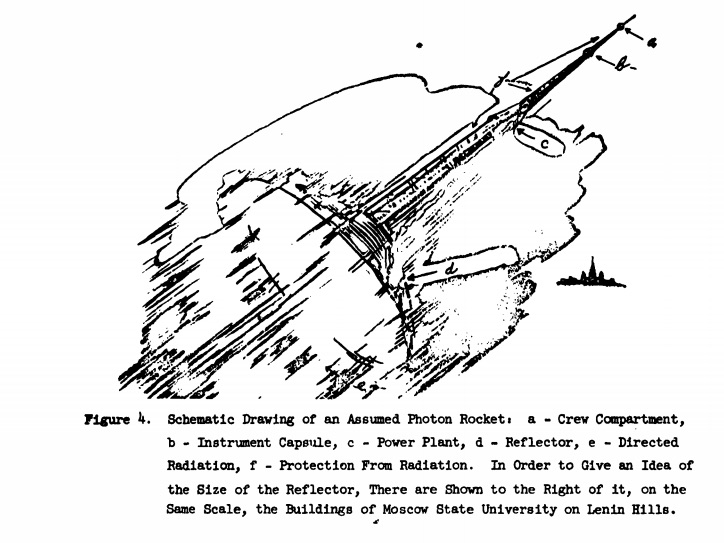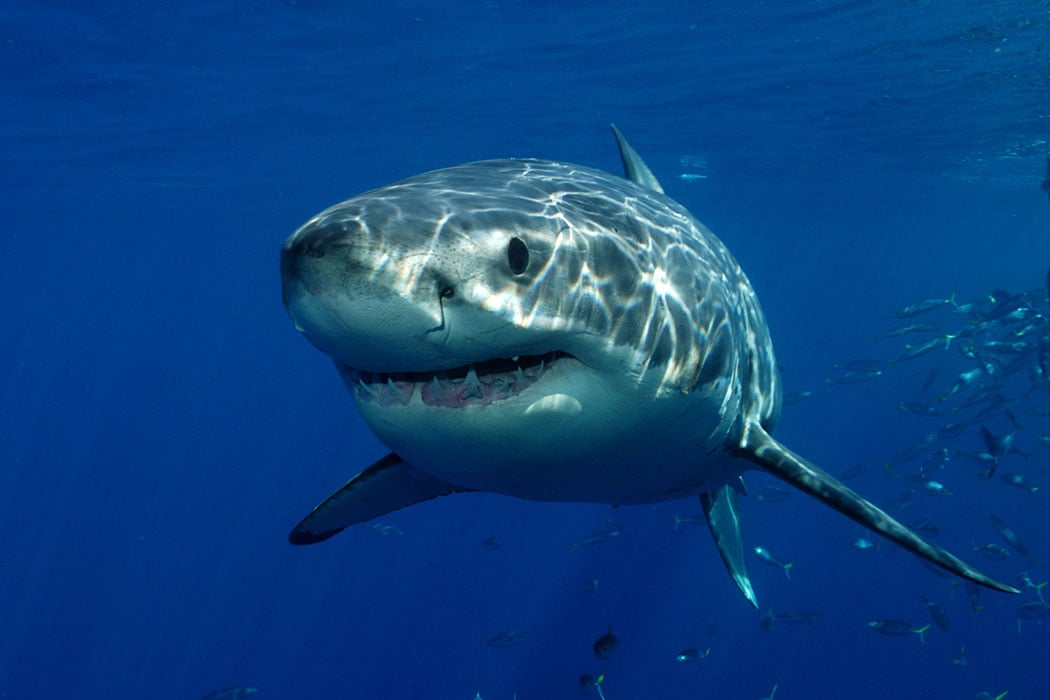
Last month, I wrote stories about the space programs in Indian and the United Arab Emirates. I learned a lot! For one, the Indian program, called ISRO has been around for decades, quietly building reliable rockets and sending satellites into orbit for telecommunication, telemedicine, and imagining for land management, and disaster relief, etc. For two, the UAE’s space agency is very much focused on the public relations side of things, almost the opposite of India’s. But one of its great hopes is to get students excited about space, which will lead them to STEM careers, and potentially steer the country to economic options that aren’t oil.
There’s more to both of these programs than that, of course. You can read the stories, published on Slate for Future Tense here:
Why India is Investing in Space
Why the United Arab Emirates is Building a Space Program from Scratch




 I have a new piece up at The Atlantic about a better wound dressing for deep cuts, lacerations and burns. These dressings–which can be 3-D printed into customizable shapes and have been shown to significantly reduce the time it takes a wound to heal–are being developed by an Aurora, CO company called
I have a new piece up at The Atlantic about a better wound dressing for deep cuts, lacerations and burns. These dressings–which can be 3-D printed into customizable shapes and have been shown to significantly reduce the time it takes a wound to heal–are being developed by an Aurora, CO company called